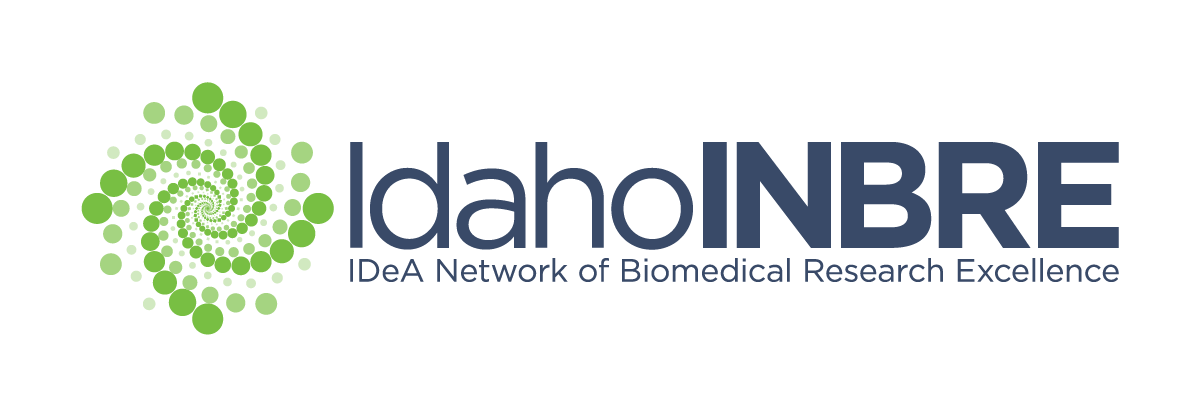
- Name: Merlin White, Ph.D.
- Institution: Boise State University
- Department: Biological Sciences
- Phone: 208-426-4638
- Email: merlinwhite@boisestate.edu
Summary: Dr. Merlin White’s research interest(s) and laboratory focus is on fungi that are obligate endosymbionts of Arthropods, commonly referred to as “gut fungi”, traditionally in the class Trichomycetes. The research in his lab spans from biodiversity surveys using morpho-taxonomy, often to describe new species of gut fungi, to molecular systematic and phylogenetic studies to infer the evolution of these fungi. Ultimately, our studies will lead to a necessary revised classification of the group. Whereas these fungi are often regarded as commensals, they may also hold future promise for the possible production of antibiotics or with biocontrol of pest insect populations. We have ongoing projects with these early-diverging endobionts that will help bring molecular-based revisionary syntheses for this ecologically and phylogenetically distinct microorganisms. Over the last several years we have developed techniques for extracting, amplifying and sequencing DNA, including from unculturable specimens dissected from host guts, for phylogenetic reconstructions. We have access to the largest repository of genomic DNA, preserved specimens and axenic cultures in the world; some isolates have been in culture 40+ years while others are newly discovered and described from recent surveys of North American gut fungi. Our lab at Boise State extends to an international team of expert collaborators, world leaders in their knowledge and experience with this core group of basal fungi, willing to provide additional specimens, including from the putative closely related taxa. The results of the proposed research will have an impact not only in Mycology, but more broadly extending out from this symbiosis, to the various aspects of the biology of these novel fungi that make them so very interesting.
Minimum Classes: Some molecular techniques and skills, or a serious interest to learn them, preferred.
Projects:
- Determining the proper evolutionary relationship of the genus Paramoebidium to the other members of the Ichthyosporea. Preliminary data from our lab suggests that genus may not be monophyletic with the genus Amoebidium, with which it is currently grouped within the family Amoebidiaceae.
- Identifying evolutionarily important morphological traits within Paramoebidium. Taxonomic classification within this genus has traditionally been very difficult due to a dearth of obvious external morphological characteristics and a lack of knowledge about which characters are significant. With phylogenetic trees, characters can be mapped and assessed for taxonomic value.
- Examining the diversity within Paramoebidium. Early preliminary studies suggest that divergence between various groups of Paramoebidium may be greater than previously thought. There may be enough genetic variation to justify the formation of new genera. Additionally, genetic variation within morphologically identical ‘species’ needs to be examined for potential cryptic speciation, which seems particularly likely due to the difficulty in recognizing external morphological variation within the genus.
- Bringing an evolutionary perspective to the ecology of the group. The ecology of the group is not precisely known, but the host affinity is likely related to the ecological role of each species cluster. By clustering species according to host affinity, we may identify potential species clusters which may share ecological roles. These species can be examined to identify morphological traits that may correlated based upon these roles.


